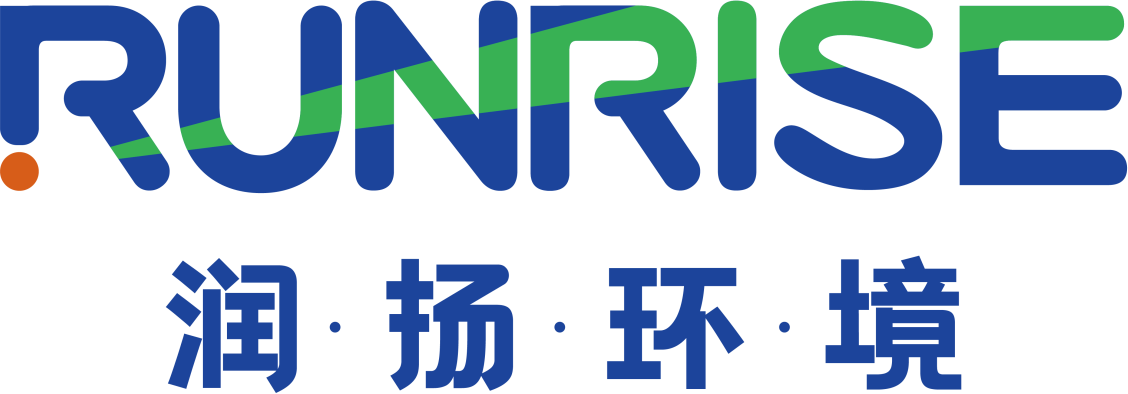Consultation hotline:
(+86)0532-88988868
(+86)0532-88988868
Physical cleaning mainly includes: positive washing, backwashing, and air washing (mainly including air scrubbing and air washing). Periodic physical cleaning mainly refers to the cleaning method of setting the system to run for a period of time, carrying out short-term positive washing, backwashing and air washing, or a combination of these three methods.
1. Positive washing: Positive washing is to open the inlet valve and close the permeate valve, so that the high flow rate of the flushing liquid flows out of the discharge valve of the concentrated water, so as to carry out high-speed scouring on the membrane surface and reduce the enrichment of pollutants on the membrane surface.
Backwashing: This operation is reversed from filtration, that is, the backwash water enters the ultrafiltration fiber from the clear liquid side and flows through the membrane to the concentrated water side, and the pollutants on the membrane pores and the surface of the hollow fiber membrane are washed out through the large flow of backwash water, and the flushed pollutants are discharged through the lower discharge valve.
2. Gas scrubbing: remove pollutants on the surface of the membrane by shaking the membrane filament with gas.
3. Air-water washing: the backwash water is pumped through the ultrafiltration backwash from the clear liquid side of the ultrafiltration membrane tube into the concentration side for discharge, and at the same time, the compressed air is intermittently introduced from the filter water inlet of the ultrafiltration membrane tube, and the combination of air and water for backwashing can effectively cause shear force to more effectively peel off the particles polluted on the membrane surface, and bring some particles out of the ultrafiltration membrane tube.
Each process is controlled by PLC, and after a period of operation, it can be used to remove pollutants on the surface of the membrane in a timely and effective manner, which not only ensures the stable operation of the system, but also prolongs the chemical cleaning cycle.
4. Dispersed chemical cleaning
Chemicals are added to the backwash (also known as "dispersion wash" or "chemically enhanced backwash" in this system)
The system sets that each system will be dosing backwash after a certain period of cumulative operation, that is, a certain proportion of backwash agent is added to the backwash liquid through the dosing pump to soak the membrane for a short time, and the operation of the process is automatic, but it is necessary to confirm that the medicine in the dosing box is sufficient. The added backwash agent depends on the quality of the treated water, and the details can be consulted by Kai Membrane Company.
5. Chemical cleaning
Chemical cleaning: After a period of normal operation, the ultrafiltration membrane module is polluted by suspended particles, organic matter and other substances in the wastewater, which causes the permeate flow rate to decrease and the membrane pressure difference to increase (i.e., the "permeate pressure coefficient" decreases). And this phenomenon cannot be recovered by physical methods and dispersed chemical cleaning. In order to restore the original performance of the membrane module, it is necessary to carry out regular chemical cleaning. The specific cleaning plan should be determined by the characteristics of the contaminant and the degree of contamination.
5.1 Preparation before chemical cleaning
5.1.1 Selection of cleaning scheme
Pickling solution: The ultrafiltration unit is cleaned with an acidic solution.
This cleaning solution is suitable for non-organic contamination of the inlet side of the membrane due to the inorganic salt content in the inlet water exceeding the design standard, or when the suspended solids in the inlet water of the ultrafiltration membrane module are particularly high.
Alkaline washing scheme: use alkaline oxidant solution to clean the ultrafiltration unit.
When the influent water contains high levels of organic matter, it may cause the filter membrane to be contaminated with organic matter. And when the conditions are favorable for biological survival, some bacteria and algae will also be produced in the ultrafiltration membrane module, which can cause biological contamination.
5.1.2 Quality requirements for chemical cleaning agents
Citric acid, sodium hypochlorite, and sodium hydroxide are all industrial grades.
5.1.3 Safety Precautions
1) Avoid direct contact with NaOH and NaClO, which have different degrees of corrosiveness, and NaClO is also a strong oxidizing agent.
2) The pressure of the pipeline should be controlled during cleaning, so as to avoid chemical splashing caused by excessive pressure.
5.2 Chemical cleaning process
5.2.1 Precautions for chemical cleaning
1) The ultrafiltration device must be backwashed with air and water before chemical cleaning.
2) The whole cleaning process of the ultrafiltration device is at least 2~4 hours.
3) If the ultrafiltration unit is down for more than three days after cleaning, it must be maintained in accordance with the requirements of a long shutdown.
4) The cleaning solution must be prepared with ultrafiltration permeate or better quality water.
5) The cleaning agent must be filtered through a 50μm filter element before circulating into the membrane module to remove possible contaminants in the cleaning agent.
6) The temperature of the cleaning solution is controlled at 25°C~40°C, and increasing the temperature of the cleaning solution can improve the cleaning efficiency, but it is strictly forbidden to exceed pH 12.
7) A variety of cleaning agents can be used for cleaning if necessary, but the cleaning agents and biocides cannot cause damage to the membrane and component materials. And after each cleaning, the cleaning agent should be drained, and the system should be rinsed with ultrafiltration permeate before cleaning with another cleaning agent.
8) When cleaning with chemical cleaning solution, the initial 10-15% of the dirty cleaning solution is not circulated, and is discharged through the upper discharge valve of the membrane frame.
5.2.2 Pickling operation steps
1-2% citric acid solution and ammonia water to adjust the pH value to 2~4 or 0.3% HCl solution, suitable for iron pollution and carbonate crystallization fouling.
1) Preparation
a) Turn off the ultrafiltration system according to the shutdown procedure.
b) Close all valves of the ultrafiltration system.
c) Prepare 1-2% citric acid in the cleaning solution tank and add ammonia to adjust the pH value to 2~4 or 0.3% HCl solution, and stir well to mix it evenly.
2) Cleaning
a) Start the cleaning water pump, slowly open the outlet valve of the cleaning water pump and the inlet and outlet valve of the cleaning liquid of the ultrafiltration device, and control the flow rate of 4~6m3/h of each membrane module to let the cleaning solution enter the membrane module and return to the cleaning solution tank. The cycle cleaning time is 30min.
b) Turn off the cleaning pump and let it soak for 60min.
c) Empty the cleaning solution tank and cleaning filter and rinse with ultrafiltration permeate water.
At the end of cleaning, the ultrafiltration membrane module needs to be rinsed with ultrafiltration permeate water, and the purpose of flushing is to remove the residual chemical solution in the ultrafiltration unit.
5.2.3 Caustic washing operation steps
0.1% NaClO + 0.05% NaOH solution for cleaning ultrafiltration membrane module contamination caused by organic matter and active organisms.
Refer to the pickling procedure.
5.3 Evaluate the effect of chemical cleaning
If the permeate pressure coefficient can be restored to more than 95% after the last chemical cleaning, it is the ideal effect of chemical cleaning, otherwise it is necessary to extend the soaking time of chemical cleaning agent or increase the effective concentration of chemical cleaning agent.
5.4 Regular sterilization of pressure ultrafiltration system
In order to prevent microbial contamination on the ultrafiltration membrane, the ultrafiltration system needs to be regularly dosed with biocides, and the type of biocide added depends on the process conditions. Sodium hypochlorite is more commonly used.
Generally, it is set up once every two weeks, and the dosing method can be carried out before pretreatment, the dosing concentration is about 50ppm, and the dosing time is 2.0 hours, and it can also be carried out by long-term continuous small amount dosing.


